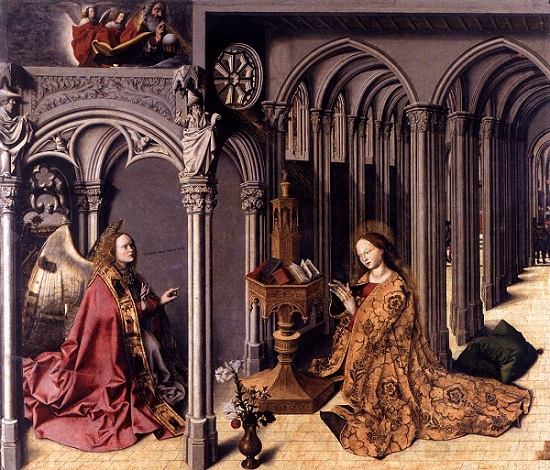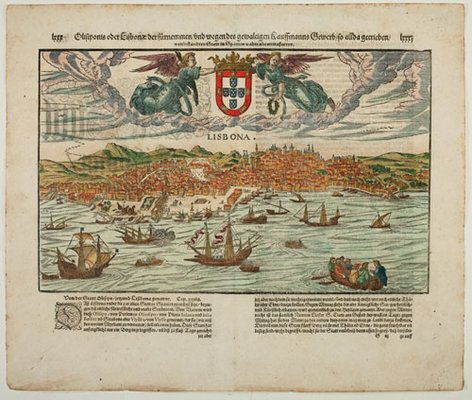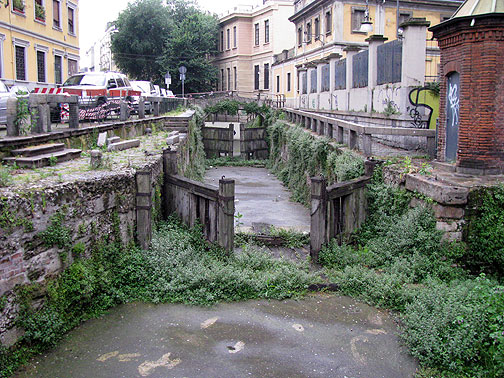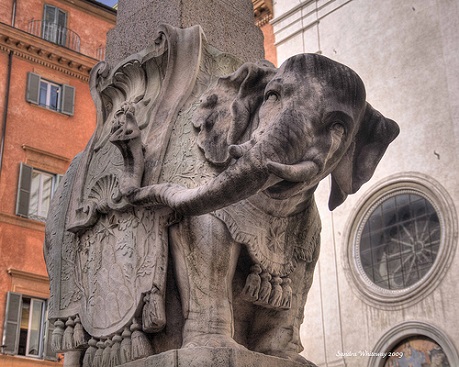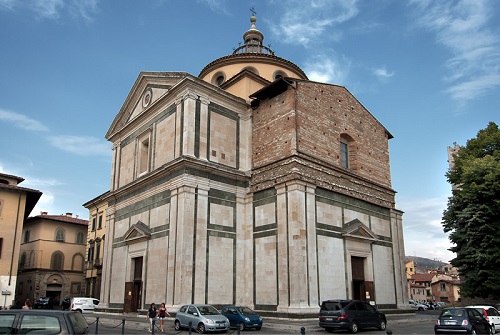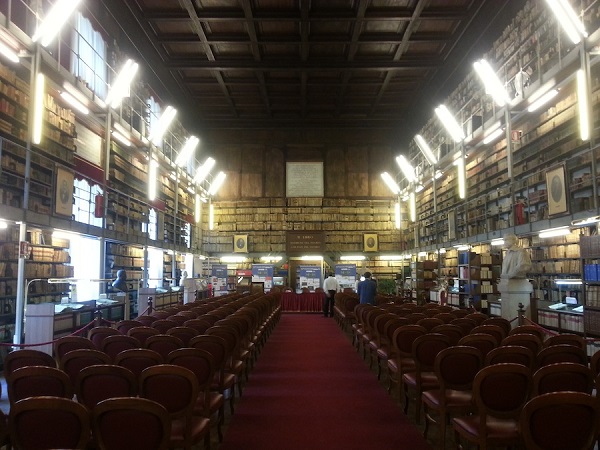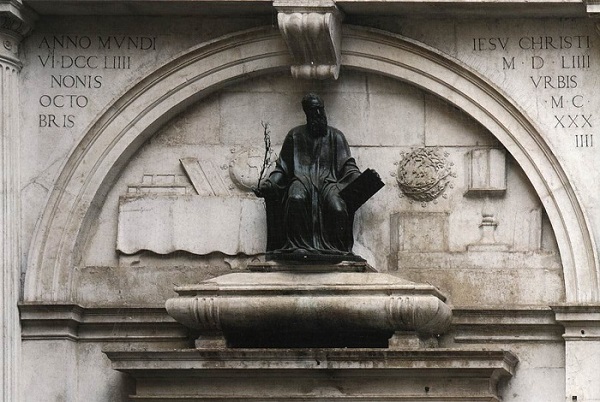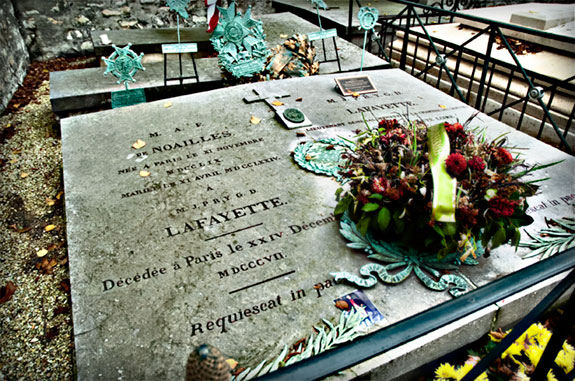
Picpus cemetery in Paris is the earthly resting place of 1,306 victims of the guillotine who died between 14 June and 27 July 1794 in what was at the time called place du Trône renversé (Overturned Throne) – now place de la Nation. The victims were buried in two of the three mass graves dug in the gardens of the former Convent of the Augustinian nuns. In 1795, the cemetery was closed and filled in – shortly after the fall of Robespierre – and then two years later was secretly repurchased by Princesse Amélie de Salm de Hohenzollern-Simaringen, whose brother had been one of those guillotined.
In 1803, it was thanks to the Marquise de Montagu (née de Noailles) that the entire grounds of the former convent were bought by an association of the families of the victims, with one area being set aside for the creation of a private cemetery reserved for relatives of those guillotined. The mass graves cannot be visited but the rest of the cemetery is open to the public. The tombs here are adorned by the armorial bearings of all the great French aristocratic families. One of the most famous is that of the Marquis de La Fayette, husband of the Marquise de Noailles and hero of the American War of Independence. This latter fact explains the presence of the American flag is the cemetery: in fact, La Fayette was so attached to the country for whose independence he had fought that, at his request, the soil covering his tomb comes from America.
One tragic story that is told about those buried in the mass graves is that of sixteen Carmelite nuns from Compiègne who were guillotined. Their story inspired Georges Bernanos’ play Dialogue des Carmelites, which in turn inspired Poulenc’s opera of the same title. Sentenced to execution, their courage would earn them a place in history: along the entire route to the guillotine, they sang psalms and canticles, without anyone managing to silence them. Just as she was about to mount the scaffold, each of the nuns kneeled before the Mother Superior (who had been given the sad privilege of dying last) and asked, “Permission to die, Mother Superior?”, receiving the answer, “Allez, ma fille.” The Mother Superior, Mother Mary Lidoine, then mounted the scaffold in her turn, chanting the Laudate Dominum.
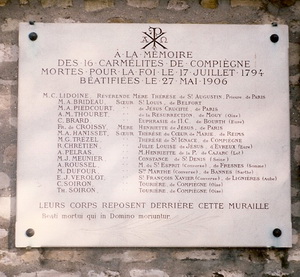
The cemetery is now cared for by the priests and nuns of the Sacred Heart who, by virtue of their vows of perpetual veneration of the Holy Sacrament, watch over the earthly repose of those buried in the mass graves. It is a solemn yet poignant place and you come away with a deep sense of loss and tragedy but also a feeling of peace and serenity. Do pay a visit if you are ever in Paris.


